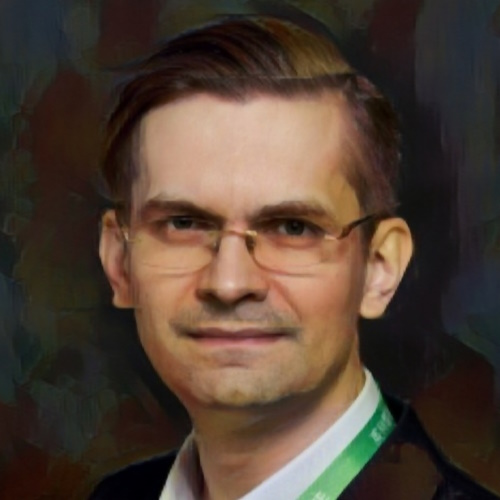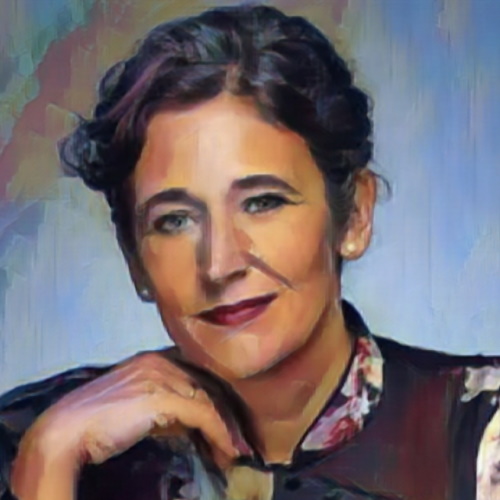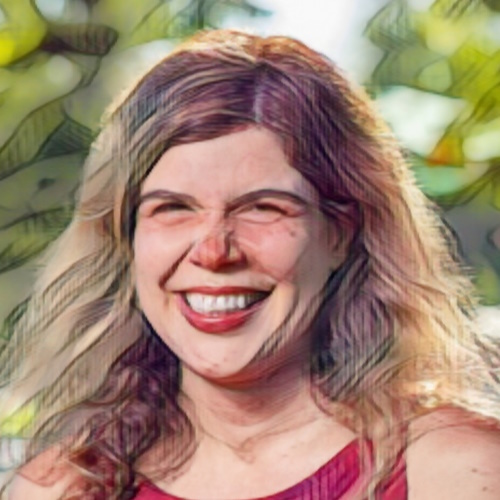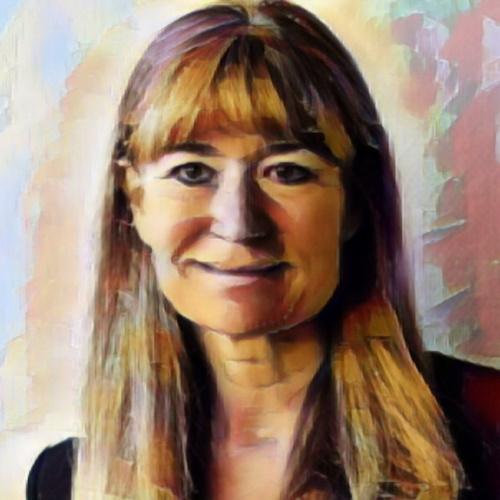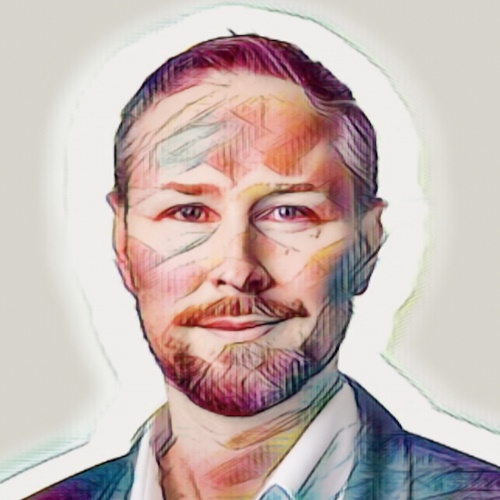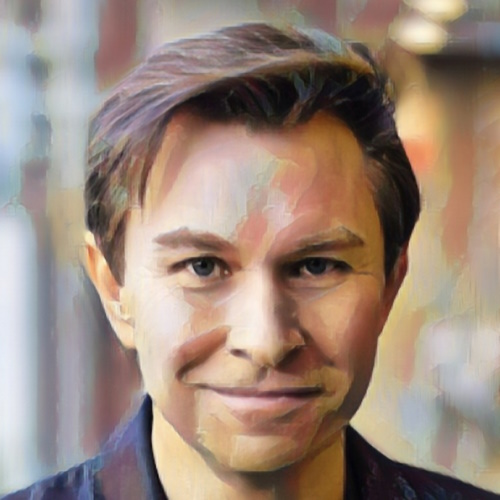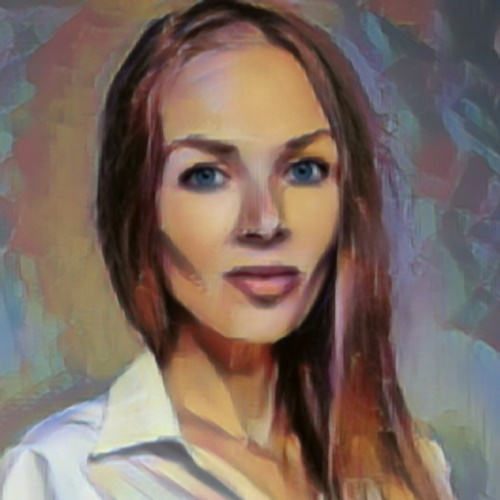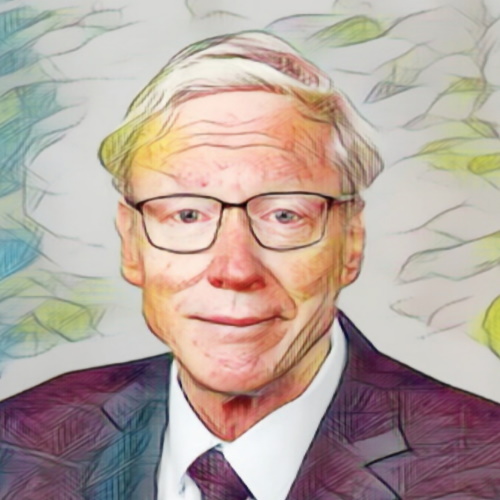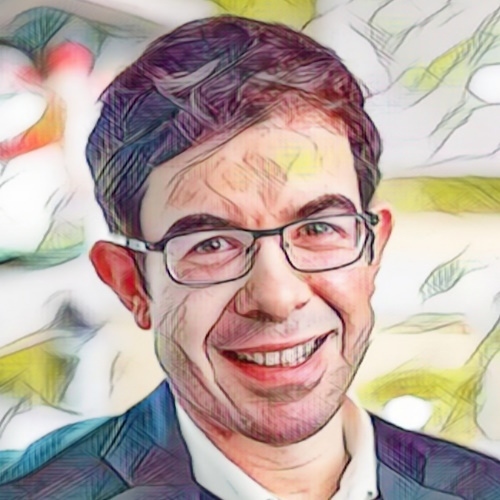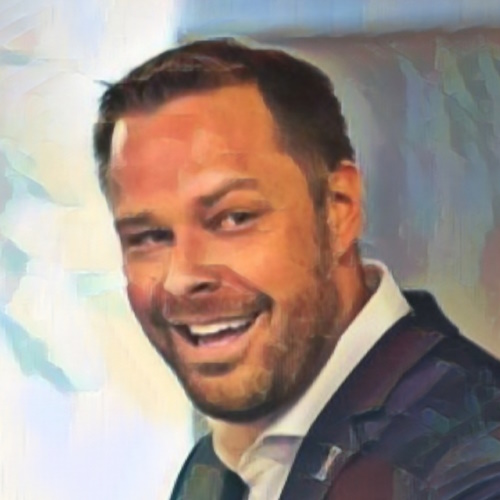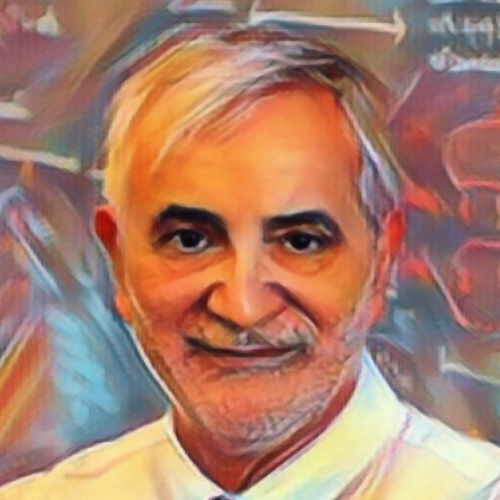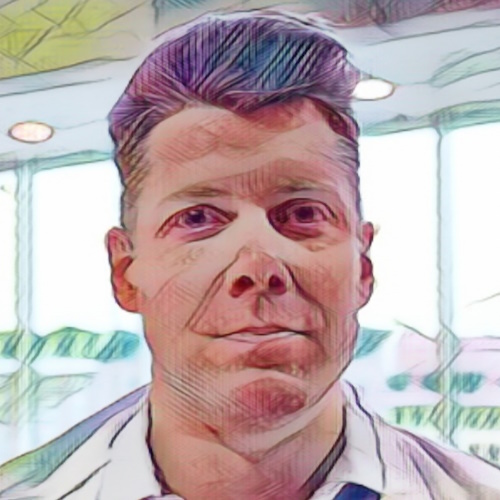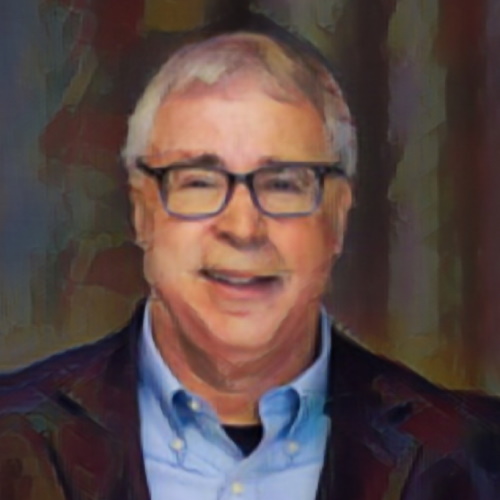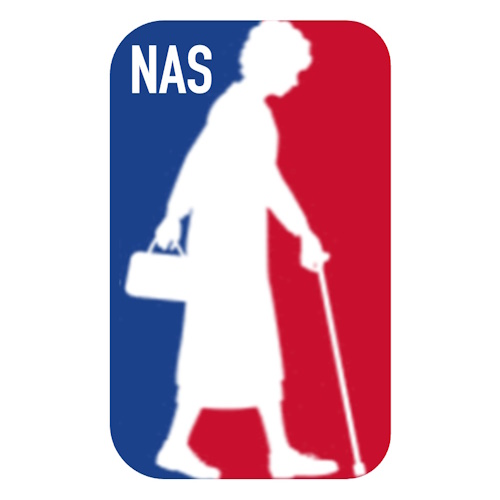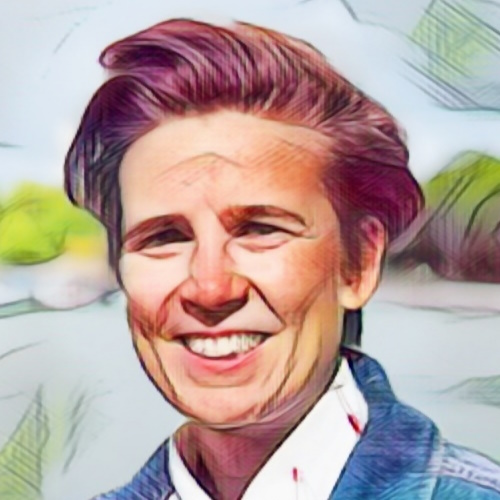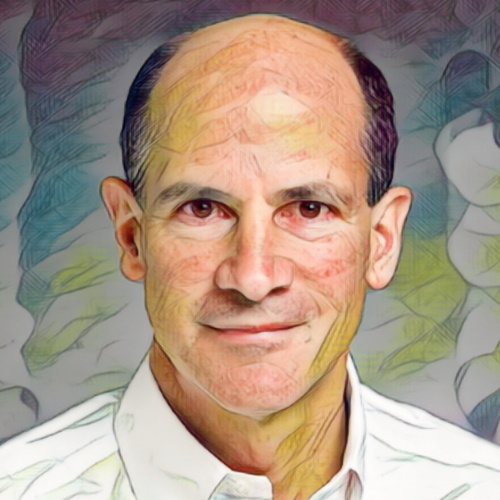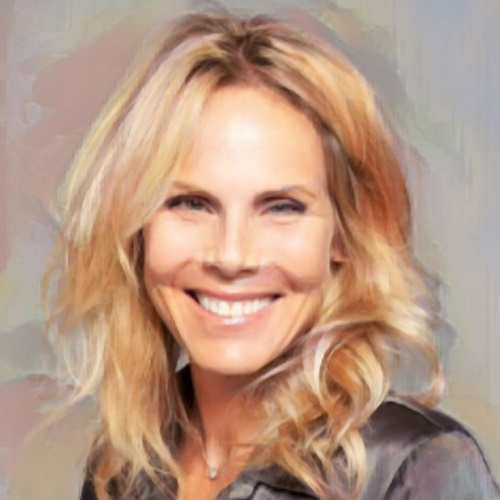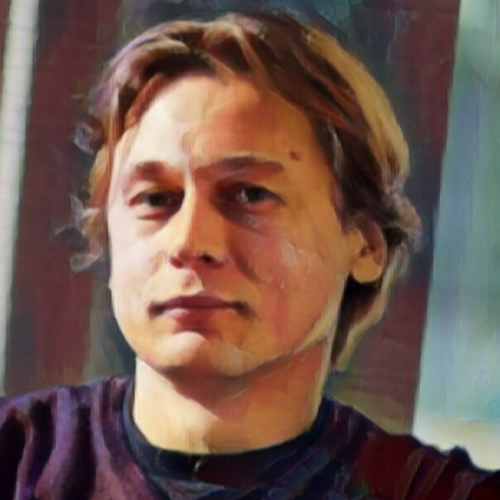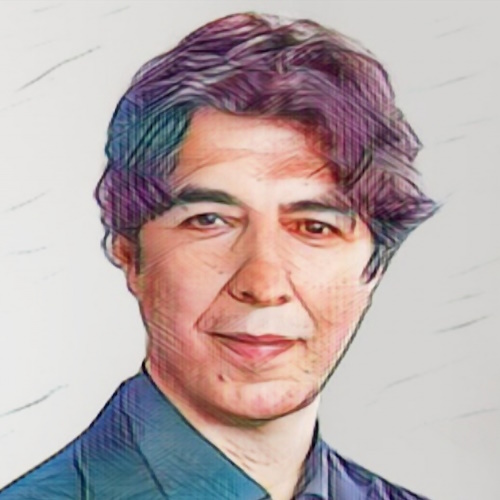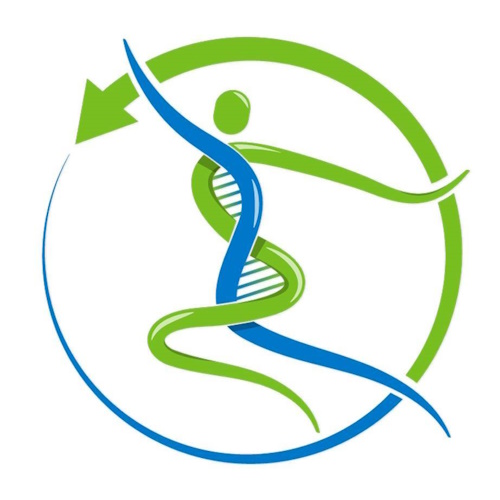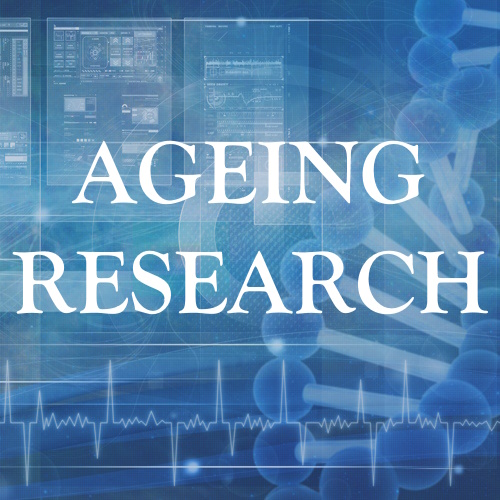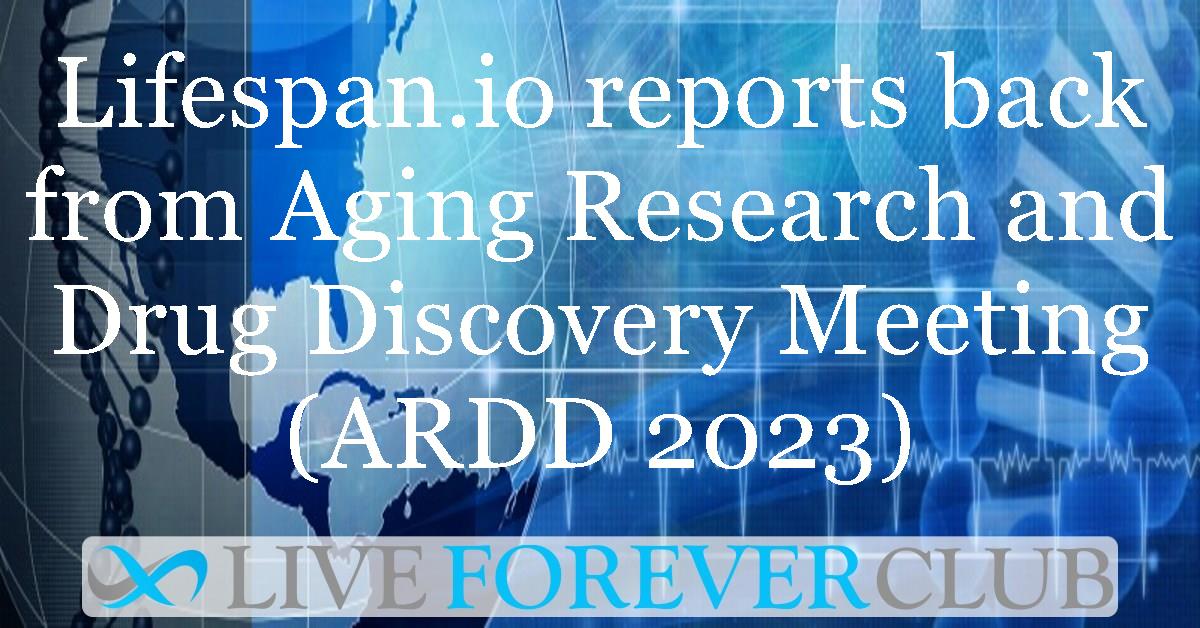Key points from article :
Since 2019, ARDD has been held under the auspices of the University of Copenhagen.
James Kirkland - more than 80 clinical gerotherapeutic studies are underway; biomarkers that reliably react to interventions are needed
Thomas A. Rando - both induction of cyclin D1 and nhibition of TGFß restore functionality of aged muscle stem cells; plasma from exercised mice positively affects aspects of aging in age-matched non-exercised animals; supplementation with SAM rescues the regenerative potential of muscle stem cells
Michael Ringel - geroscience is “not yet on the public radar”; the longevity field needs a strong grassroots movement
Nir Barzilai - gerotherapeutics must target more than one hallmark of aging; “do no harm”, taken too literally, “makes MDs conservative”; people on metformin had half the mortality rate and hospitalization with COVID; metformin might not be advised for younger healthy people
Alex Zhavoronkov - presented the new roboticized InSilico lab; Exelixis has licensed ISM3091, InSilico’s leading candidate drug for treating BCMA-mutated cancers
Tzipi Strauss - world’s first longevity clinic affiliated with a public hospital (Sheba Hospital); upcoming SHARP trial (n=1500) will include several interventions that are rigorously tested using a battery of biomarkers
Evelyne Bischof - imperative that high-quality longevity medicine eventually becomes available to all; argued for integrating longevity medicine into oncology decision making and guidelines
Andrea Maier - announced the opening of another hospital-affiliated longevity clinic (Alexandra Hospital in Singapore)
Bente Klarlund Pedersen - physical inactivity induces chronic systemic inflammation while exercise lowers it
Luigi Ferrucci - alternative splicing is an essential component of biology that plays an important role in responses to such stressors as scarcity of energy or cellular senescence; physical activity downregulates alternative splicing
Kelsey Moody - lipofuscin granules are the incomplete breakdown of damaged cellular structures; generally believed to be detrimental to cells
Anne Brunet - brain aging and rejuvenation; brain has some regenerative capacity due to several of its regions harboring stem cells
Sara Wickström - role of the extracellular matrix (ECM) in stem cell aging; old cells experience increased mechanical stress and remain in the quiescent state for much longer
Collin Ewald - faulty ECM contributes to numerous age-related diseases; restoring the healthy remodeling of collagen might be one of the most important goals for geroscience; reported on a small-scale pilot clinical trial of DracoBelle that boosts collagen production
David Sinclair - some elements of DSB repair, such as Sir2, also play an important role in maintaining chromatin stability; epigenomic dysregulation drives aging even when DSB repair is faithful and no harmful mutations occur; study of partial reprogramming using small molecules produced encouraging preliminary results
Morten Scheibye-Knudsen - trying to understand various trajectories of aging using unconventional data; males and females tend to have different trajectories; announced the founding of the Nordic Aging Society
Valter Longo - fasting-mimicking diet (FMD) leads to life extension and rejuvenation of the immune system in mic
João Passos - senescence markers used in studies are not present in every senescent cell; SASP can also differ considerably between senescent cell subtypes; senescence markers can be present in non-senescent cells; senescent cells should be identified via multi-marker approaches
Vadim Gladyshev - in order to target aging, scientists must identify multi-marker “signatures” of longevity; rejuvenation event (aka “the embryonic reset”) might hold the keys to understanding and eventually defeating aging
